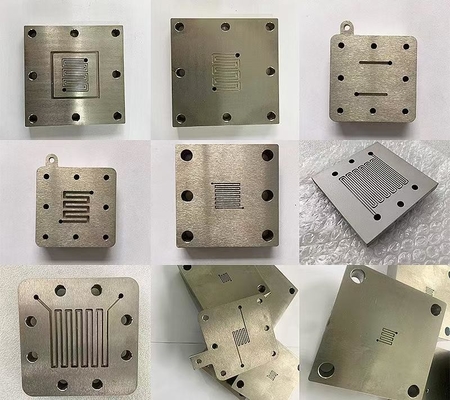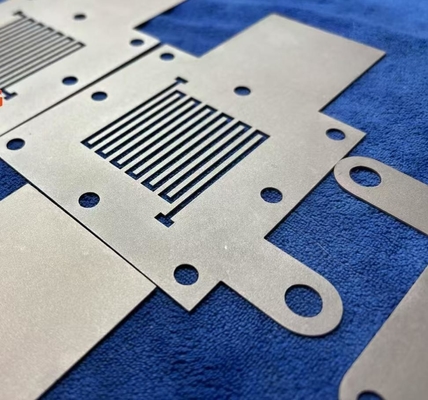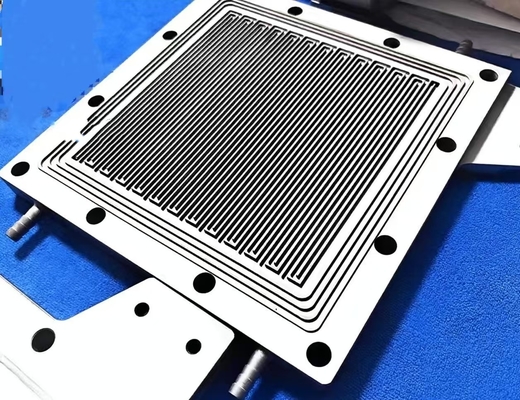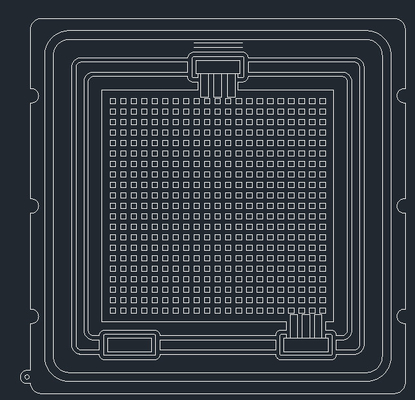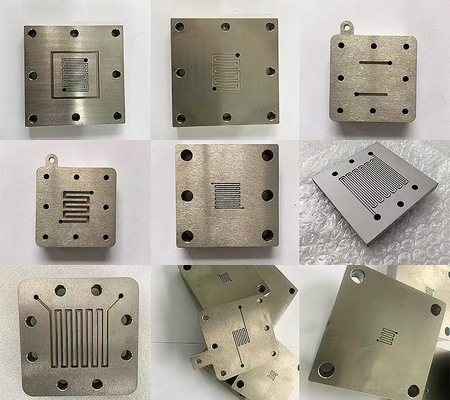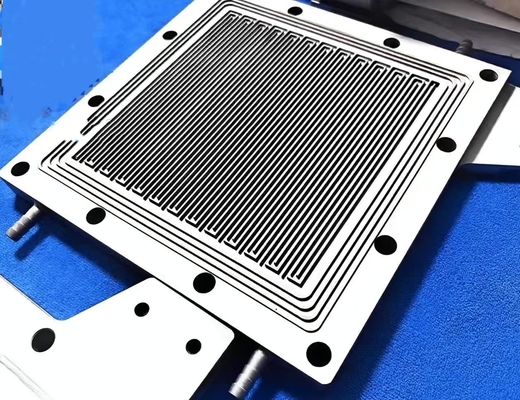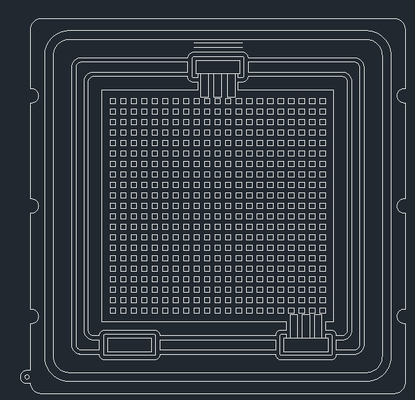-
Titanium Pipe Fittings
-
Titanium Welded Pipe
-
Titanium Pipe Flange
-
Seamless Titanium Tubing
-
Titanium Heat Exchanger
-
Titanium Coil Tubing
-
Titanium Alloy Sheet
-
Titanium Fasteners
-
Titanium Welding Wire
-
Titanium Round Bar
-
Titanium Forgings
-
Titanium Clad Copper
-
Titanium Electrode
-
Metal Sputtering Target
-
Zirconium Products
-
Sintered Porous Filter
-
Shape Memory Nitinol Wire
-
Niobium Products
-
Tungsten Products
-
Molybdenum Products
-
Tantalum Products
-
Equipment Products
-
Aluminum Products
-
Stainless Steel Products
Titanium Bipolar Plates for PEM Electrolyzer

Contact me for free samples and coupons.
Whatsapp:0086 18588475571
Wechat: 0086 18588475571
Skype: sales10@aixton.com
If you have any concern, we provide 24-hour online help.
x| Condition | Anneal,cold Rolled | Techinique | CNC, ETCHING |
|---|---|---|---|
| Advantage | Durability Stability And Lower Weight | Tolerance | ±0.05mm |
| Surface Finish | Smooth, Matte | Thickness | 0.5-10mm |
| Highlight | Customization Titanium Bipolar Plates,GR1/GR2 Titanium Bipolar Plates,PEM Electrolyzer Titanium Bipolar Plates |
||
Product Name: Bipolar Plate
Application: Hydrogen production via water electrolysis, new energy batteries, hydrogen-generating fuel cells
Material: Titanium, Stainless Steel, Copper, Nickel
Titanium Purity: 99.7%
Grade: GR1 / GR2
Specification: Custom according to drawings
Processing Method: CNC / Etching
1. Production Process of Titanium Bipolar Plates
Titanium bipolar plates are essential components in PEM fuel cells and PEM water electrolyzers. They are responsible for distributing gases/liquids, conducting electricity, and supporting the membrane-electrode assembly. The production process involves several key steps:
1.1. Raw Material Selection
-
Material: Commercially pure titanium (e.g., Grade 1 or Grade 2) or titanium alloys.
-
Thickness: Typically ranges from 0.1 mm to 1 mm depending on application.
1.2. Surface Pretreatment
-
Pickling: Removes surface oxide layers and contaminants.
-
Sandblasting or Mechanical Polishing: Enhances surface roughness for better coating adhesion.
1.3. Flow Field Forming
Flow channels are designed to manage the flow of gases or liquids. Common forming methods include:
(a) Stamping
-
High-speed forming using precision dies.
-
Suitable for mass production.
-
Requires durable and high-cost molds.
(b) Roll Forming
-
Continuous production technique.
-
Used for simpler or straight channel patterns.
(c) Chemical Etching
-
Precise patterning via photolithography and acid etching.
-
Best for complex or fine structures.
-
Higher cost and involves chemical waste management.
(d) Laser or EDM Machining
-
High-precision techniques suitable for R&D or small batches.
-
Enables very fine and custom flow field structures.
1.4. Welding (For Assembly)
Two patterned titanium sheets may be joined to create a sealed bipolar plate:
-
Laser Welding or Diffusion Bonding: Ensures high sealing performance and structural integrity.
1.5. Surface Coating Treatment
Titanium tends to form a non-conductive oxide layer (TiO₂), which affects electrical performance. Surface coatings are applied to improve conductivity and corrosion resistance.
Typical Coating Types:
-
Carbon-based Coatings: Graphene, carbon nanotubes.
-
Noble Metals: Platinum or gold (excellent conductivity and corrosion resistance, but costly).
-
Conductive Ceramics: Titanium nitride (TiN), niobium nitride (NbN).
1.6. Quality Testing
-
Gas Tightness Test: To ensure sealing.
-
Electrical Conductivity Test
-
Corrosion Resistance Testing
-
Dimensional Accuracy Inspection
2. Applications of Titanium Bipolar Plates
Titanium bipolar plates are used in various electrochemical systems, including:
2.1. Proton Exchange Membrane Water Electrolyzers (PEMWE)
-
Harsh acidic environment and high voltage conditions.
-
Titanium offers excellent corrosion resistance and durability.
2.2. PEM Fuel Cells (PEMFC)
-
Lightweight and corrosion-resistant properties are ideal for portable, automotive, and aerospace applications.
2.3. Electrolytic Cells
-
Used in chemical processing, water treatment, and green hydrogen production.
3. Advantages of Titanium Bipolar Plates
| Advantage | Description |
|---|---|
| Excellent Corrosion Resistance | Ideal for acidic and high-voltage environments. |
| Lightweight | Titanium has a low density (4.5 g/cm³), reducing overall system weight. |
| High Strength | Offers good mechanical strength and pressure resistance. |
| Thermal Conductivity | Facilitates efficient heat management within fuel cell stacks. |
| Long Service Life | Significantly longer lifespan compared to stainless steel or coated materials. |
| Flexible Manufacturing | Compatible with various forming and coating techniques, including high-precision methods. |
4. Challenges
While titanium bipolar plates have many advantages, some challenges include:
-
High Material Cost: Titanium and its coatings are expensive.
-
Processing Difficulty: Titanium is harder to form and machine than steel.
-
Surface Conductivity Needs Optimization: Natural oxide layer requires effective surface treatment to maintain conductivity.



